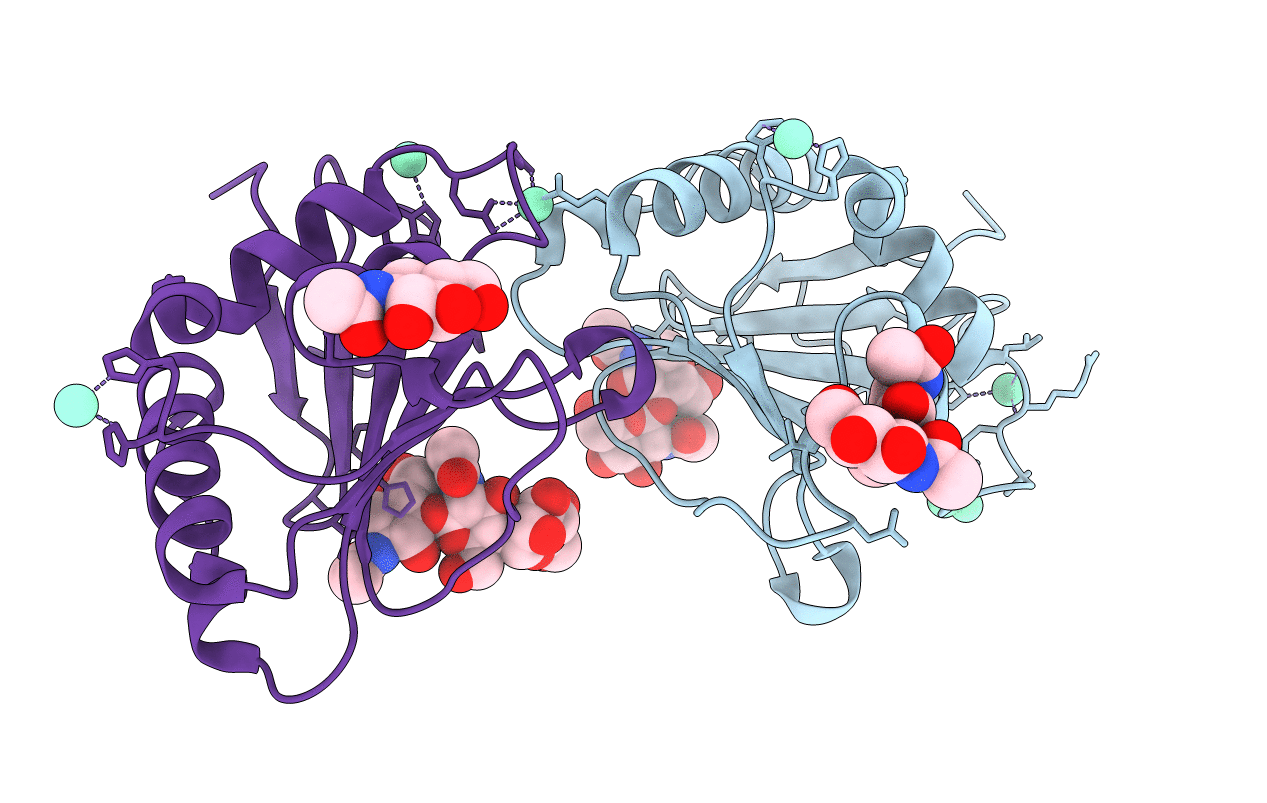
Deposition Date
2017-04-26
Release Date
2017-08-02
Last Version Date
2024-11-20
Entry Detail
PDB ID:
5NSJ
Keywords:
Title:
GP1 receptor-binding domain from Whitewater Arroyo mammarenavirus
Biological Source:
Source Organism:
Whitewater Arroyo mammarenavirus (Taxon ID: 46919)
Host Organism:
Method Details:
Experimental Method:
Resolution:
2.25 Å
R-Value Free:
0.20
R-Value Work:
0.18
R-Value Observed:
0.18
Space Group:
C 2 2 21


